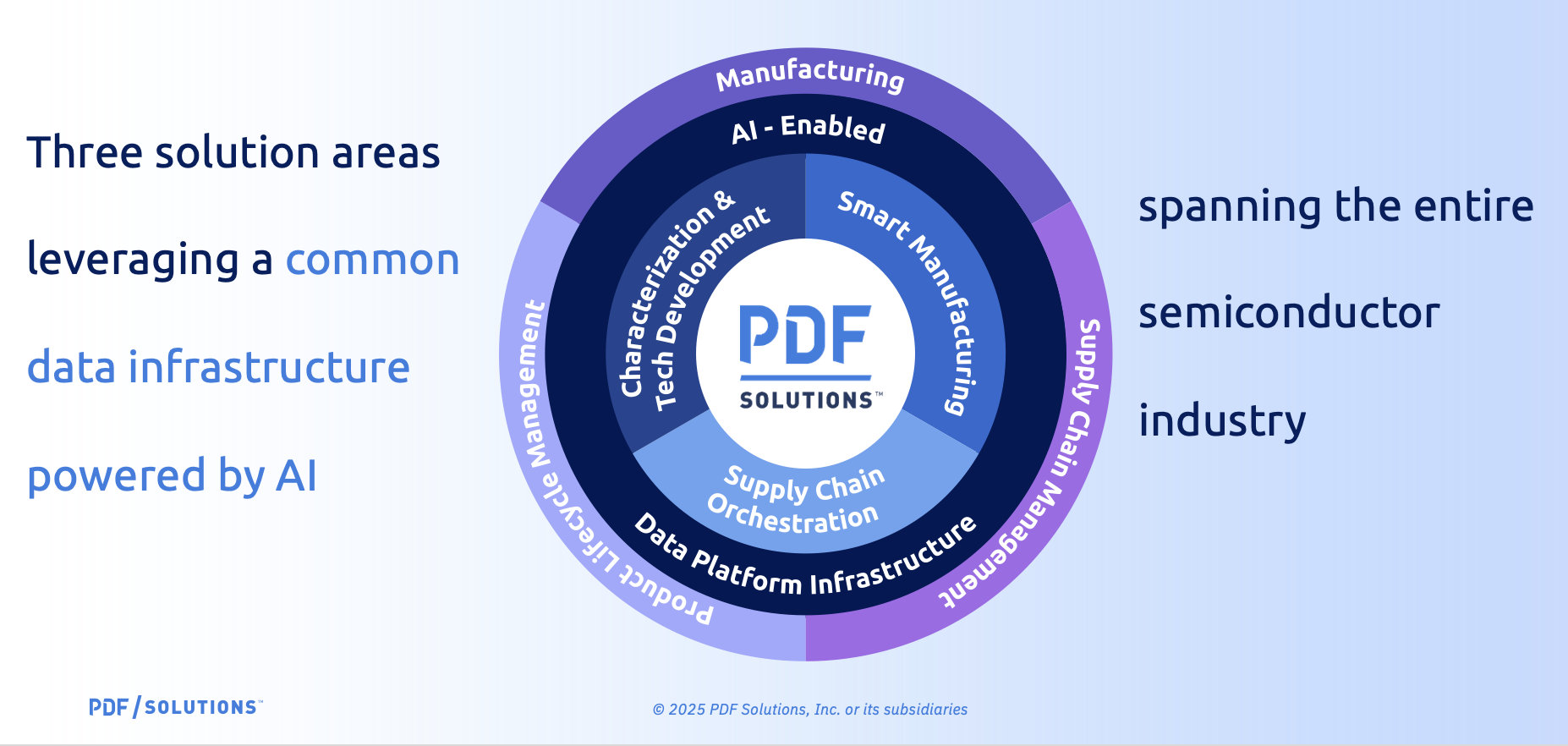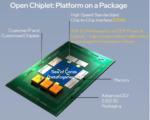You are currently viewing SemiWiki as a guest which gives you limited access to the site. To view blog comments and experience other SemiWiki features you must be a registered member. Registration is fast, simple, and absolutely free so please,
join our community today!
The Design Automation Conference has been the pinnacle for semiconductor design for almost 60 years. This year will be my 38th DAC and I can’t wait to see everyone again. One of the companies I will be spending time with this year is Altair.
Last month Altair acquired our friends at Concept Engineering, the leading provider… Read More
Amid the alphabet soup of inter-die/chip coherent access protocols, CXL is gaining a lot of traction. Originally proposed by Intel for cross-board and cross-backplane connectivity to accelerators of various types (GPU, AI, warm storage, etc.), a who’s who of systems and chip companies now sits on the board, joined by an equally… Read More
What Quantum Means for Electronic Design Automationby Kelly Damalou and Kostas Nikellis on 07-06-2022 at 10:00 amCategories: Ansys, Inc., EDA
In 1982, Richard Feynman, a theoretical physicist and Nobel Prize winner, proposed the initial quantum computer; Feynman’s quantum computer would have the capacity to facilitate traditional algorithms and quantum circuits with the goal of simulating quantum behavior as it would have occurred in nature. The systems Feynman… Read More
Building a multi-FPGA prototype for SoC verification is complex with many interdependent parts – and is “always on a clock”. The best multi-FPGA prototype implementation is worthless if its not up and running early in the SoC design cycle, where it offers the highest verification ROI terms of minimizing the cost of bug fixes … Read More
I recently had an update from Lu Dai, Chairman of Accellera, also Sr. Director of Engineering at Qualcomm. He’s always a pleasure to talk to, in this instance giving me a capsule summary of status in 3 areas that interested me: CDC, Functional Safety and AMS. I will start with CDC, a new proposed working group in Accellera. To manage… Read More
When more than one person is working on any project, coordination is imperative. When the team size grows, being in sync becomes essential. When it comes to SoC design management, registers and bit fields are used to communicate status of results and execute conditional controls. The Register Management function plays an essential… Read More
Very recently, 3GPP announced that 5G Release 17 was finalized. One important consequence is that 5G RedCap (reduced capacity) is now real and that means 5G becomes accessible to IoT devices. Think smart wearables (e.g. watches), industrial sensors and surveillance devices. “So what?”, you protest. “I don’t need 5G on my watch.… Read More
Most IC and system engineers follow a familiar process when designing a new product: create a model, use parameters for the model, simulate the model, observe the results, compare results versus requirements, change the parameters or model and repeat until satisfied or it’s time to tape out. On the EDA side, most tools perform… Read More
Chiplets are hot now as a way to extend Moore’s Law, dividing functionality across multiple die within a single package. It’s no longer practical to jam all functionality onto a single die in the very latest processes, exceeding reticle limits in some cases and in others straining cost/yield. This is not an academic concern. Already… Read More
At the recent VLSI Symposium on Technology and Circuits, a panel discussion presented a jarring forecast. The theme of the panel was “Building the 2030 Workforce: How to Attract Great Students and What to Teach Them?”, with participants from academia and industry, as well as a packed (and vocal) audience.
On the one hand, the … Read More















Intel’s Pearl Harbor Moment